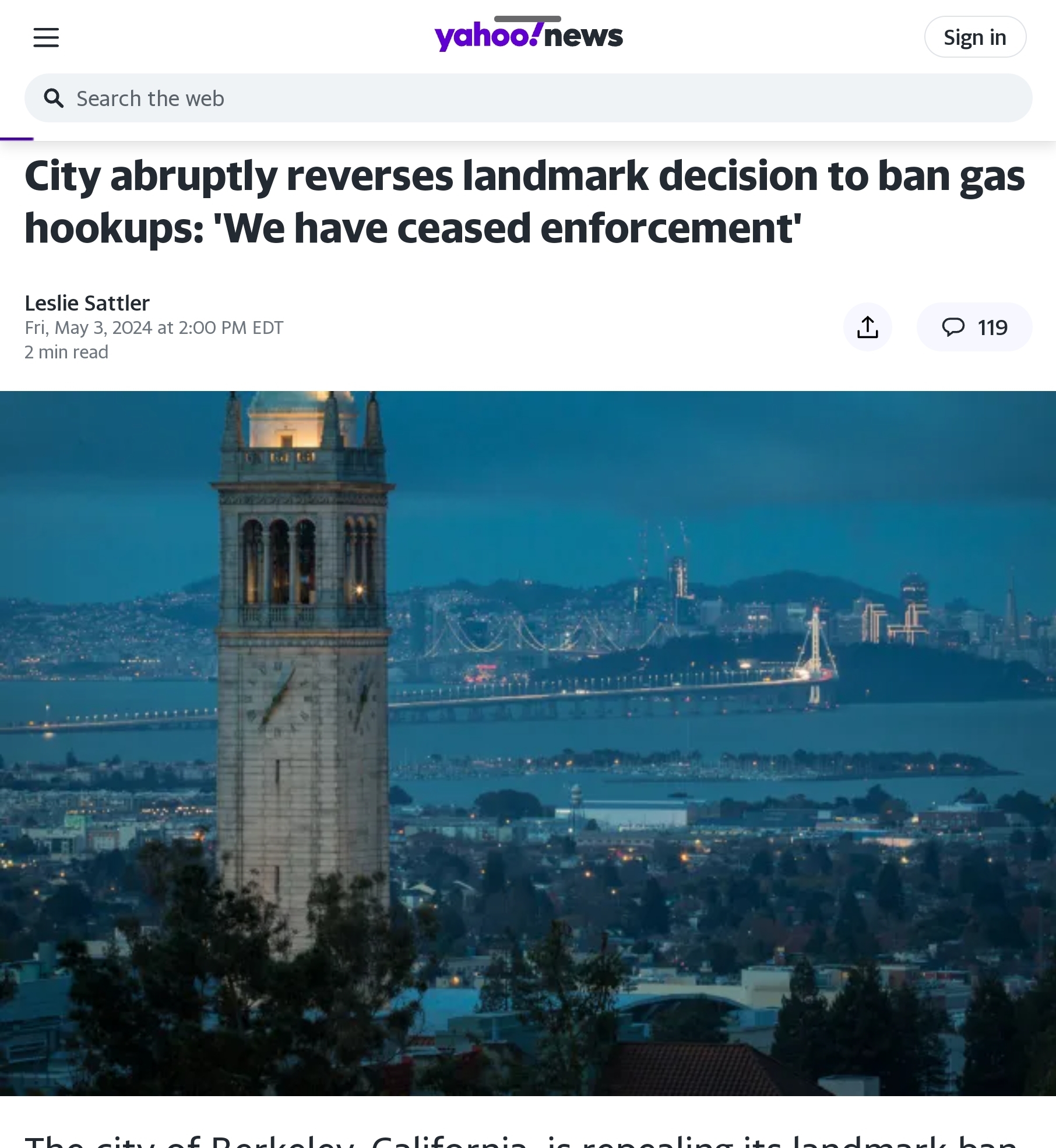By ZACK COLMAN
Would-be allies within the Black, Latino and Indigenous communities are disaffected by an agenda that many see as focused on save-the-planet idealism at the expense of the nuts-and-bolts concerns of their communities, from elevated asthma rates in pollution-clogged urban communities to safeguarding traditions on Indian lands.
“The grassroots environmental justice community has tentacles in communities all across the country,” said Cecilia Martinez, a longtime environmental justice organizer who now heads that portfolio at Biden’s White House Council on Environmental Quality. “They’re not shy about stepping up and asking for involvement, and we have to make sure that we make those spaces and hear them out.”
…
The crucial backdrop for these tensions is the history of white-male domination of the Big Green groups, which have just 22 percent non-white senior staff in a nation that is about 40 percent non-white. In addition, at the very moment they see an opportunity to advance their policy agendas, many large, mainstream environmental organizations are facing internal reckonings over race and gender equity.
In 2019, POLITICO revealed a culture of gender discrimination, sexual harassment and racial disparities at The Nature Conservancy that led to the departure of its top two officials. E&E News last year reported on a “traumatic” culture on race within the Union of Concerned Scientists. POLITICO in November uncovered persistent racial inequity at the National Audubon Society, where staff accused CEO David Yarnold of overseeing a workplace rife with intimidation and threats.
The internal convulsions and the external tensions appear to have sent a message that environmental leaders can’t ignore: the only way to fashion their movement into a formidable political force is by becoming more Black and brown. That requires expanding beyond a purely ecological agenda and zeroing in on issues that highlight racial and social inequalities. An important step is to partner with smaller, Black and Latino-dominated groups in what they call the environmental justice movement.
The crucial backdrop for these tensions is the history of white-male domination of the Big Green groups, which have just 22 percent non-white senior staff in a nation that is about 40 percent non-white. In addition, at the very moment they see an opportunity to advance their policy agendas, many large, mainstream environmental organizations are facing internal reckonings over race and gender equity.
In 2019, POLITICO revealed a culture of gender discrimination, sexual harassment and racial disparities at The Nature Conservancy that led to the departure of its top two officials. E&E News last year reported on a “traumatic” culture on race within the Union of Concerned Scientists. POLITICO in November uncovered persistent racial inequity at the National Audubon Society, where staff accused CEO David Yarnold of overseeing a workplace rife with intimidation and threats.
The internal convulsions and the external tensions appear to have sent a message that environmental leaders can’t ignore: the only way to fashion their movement into a formidable political force is by becoming more Black and brown. That requires expanding beyond a purely ecological agenda and zeroing in on issues that highlight racial and social inequalities. An important step is to partner with smaller, Black and Latino-dominated groups in what they call the environmental justice movement.




